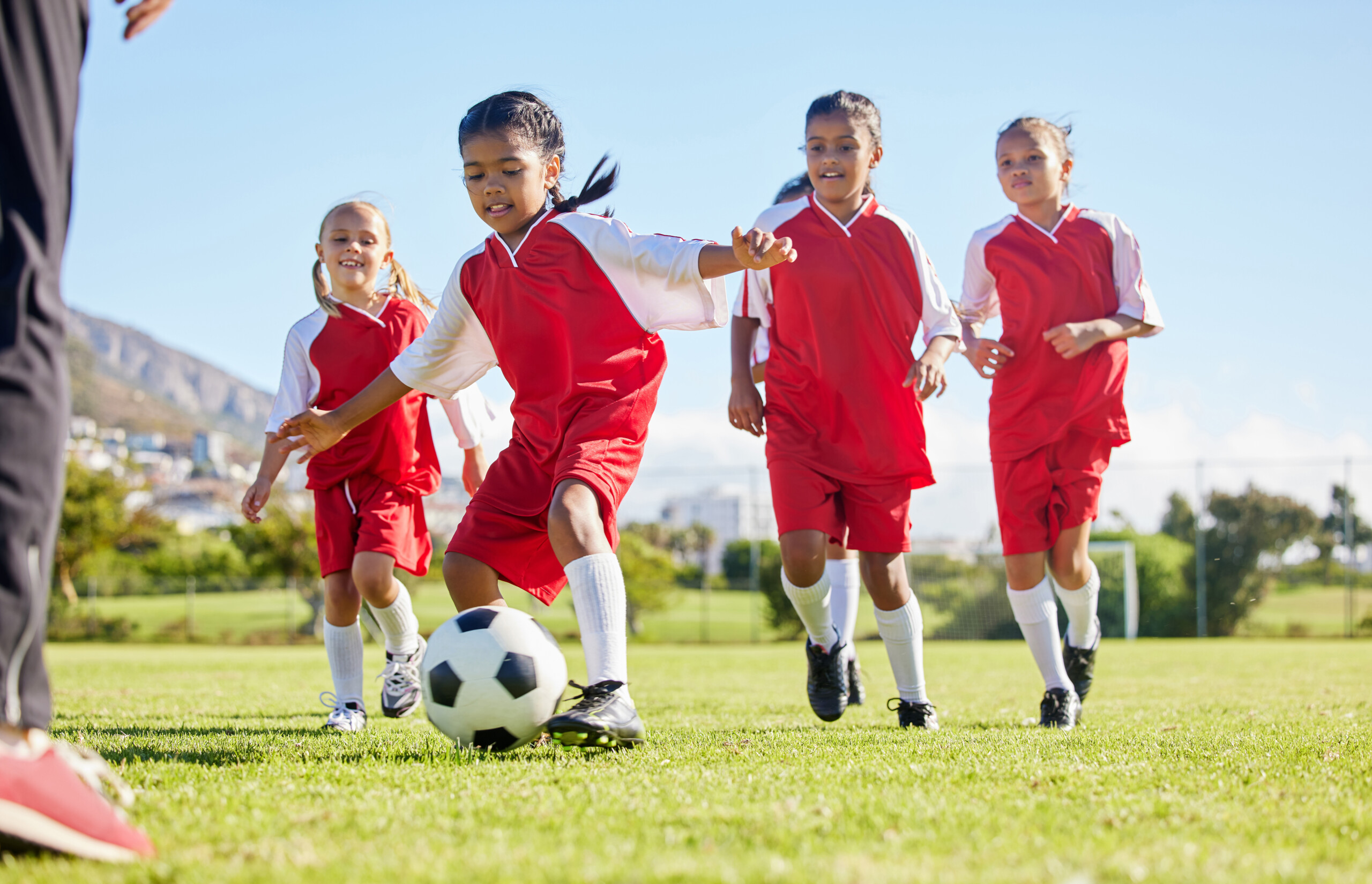SIRCuit
As Canada’s leading e-publication, SIRCuit delivers evidence-based insights and learnings from a wide range of credible sources. This quarterly publication delves deep into relevant and timely topics to advance the Canadian sport and physical activity sector.
Interested in contributing? Learn more about our knowledge creation and dissemination process, or click here to pitch an idea for a blog or SIRCuit article.
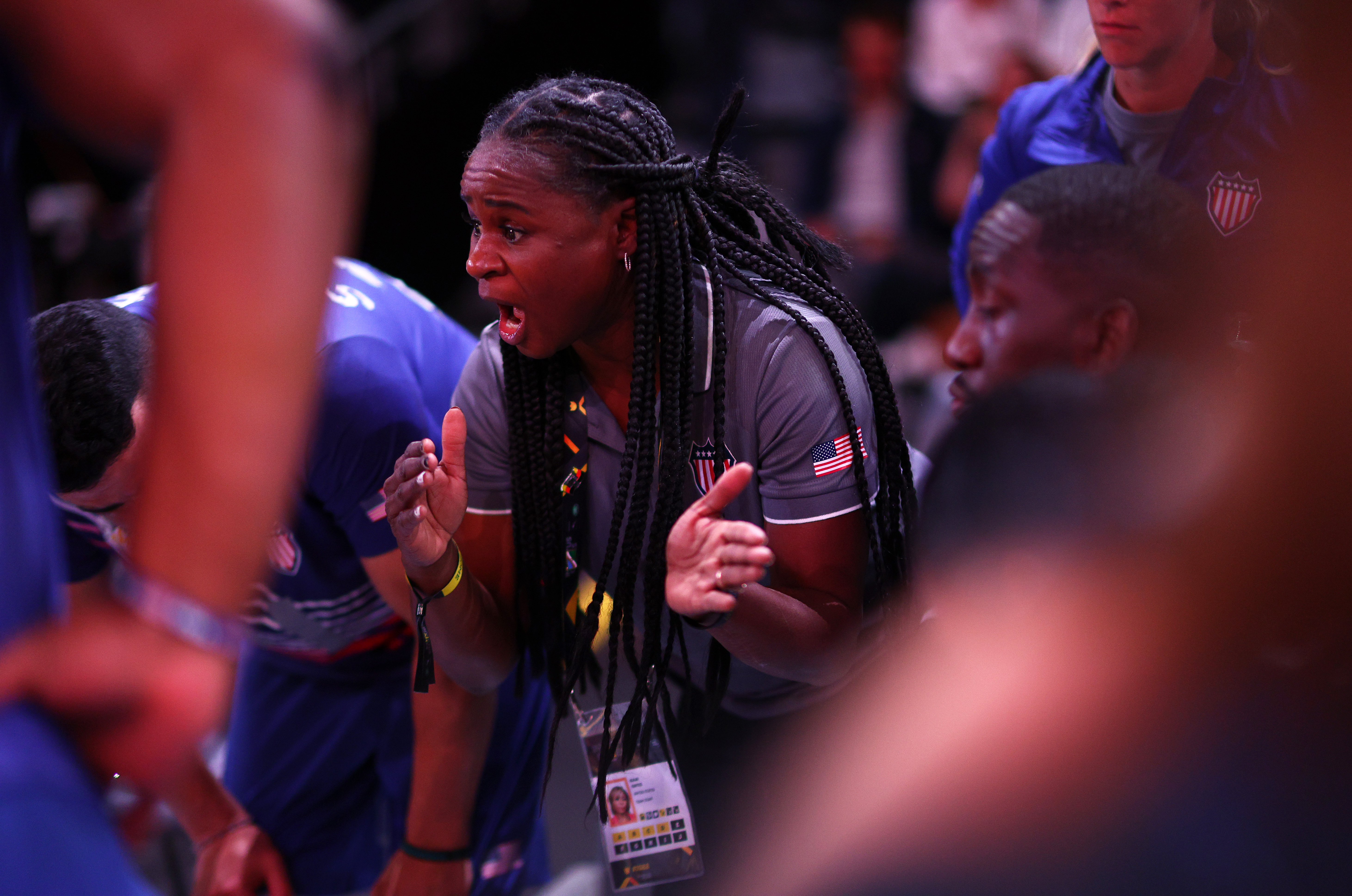
2025 SIRCuit
In 2025, the quarterly SIRCuits will feature crucial topics and explore unique perspectives in sport. From lifelong participation to high performance training considerations, each article will highlight the most relevant research and insights to advance sport in Canada. Be sure to read the latest in Masters sport, the safe sport landscape, coach and official development, as well as high performance training.
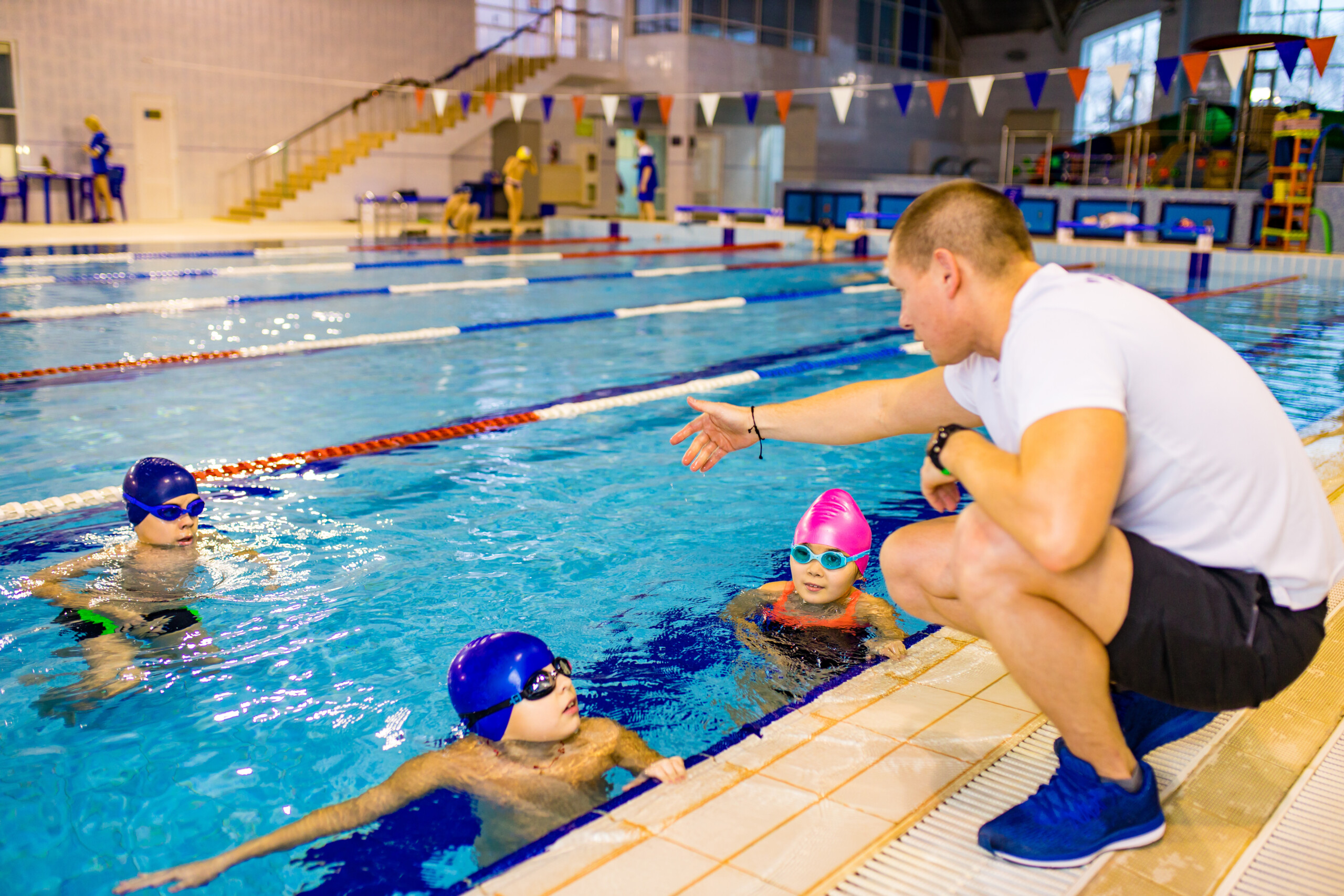
2024 SIRCuit
In 2024, the Canadian sport sector is entering an Olympic and Paralympic year as well as continuing commitments to creating inclusive environments. Within these articles you will find inspiring stories and the leading practices for sport organizations. Discover these topics further by jumping into the SIRCuit articles below!
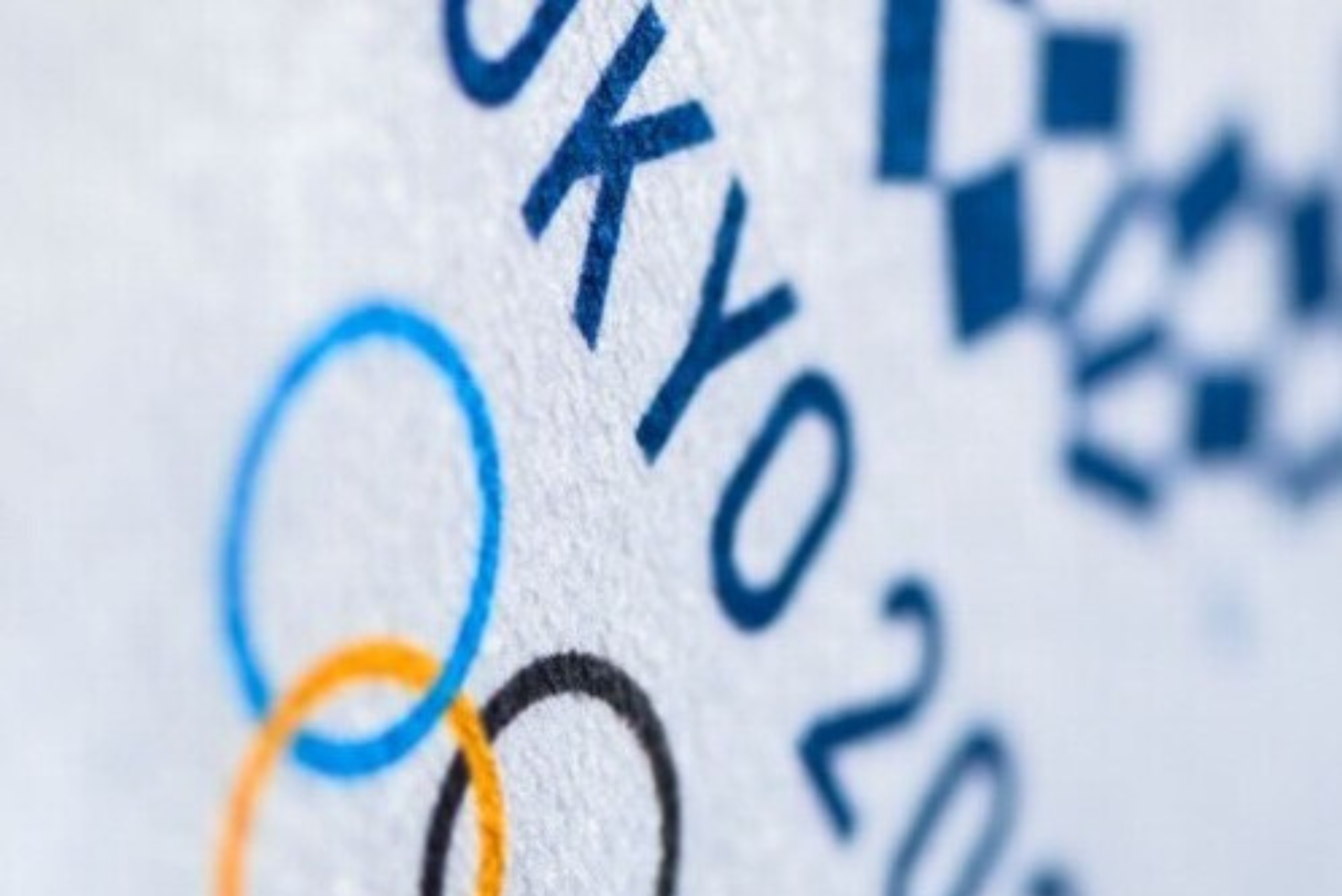
2022 SIRCuit
In 2022, we highlighted many crucial topics, with an emphasis on mental health, equity, diversity, and inclusivity. Within these articles, you will find many useful tips and insights that can benefit athletes, coaches, officials, parents, and sport organizations. Take a deep dive into these valuable topics by reading the articles found below!
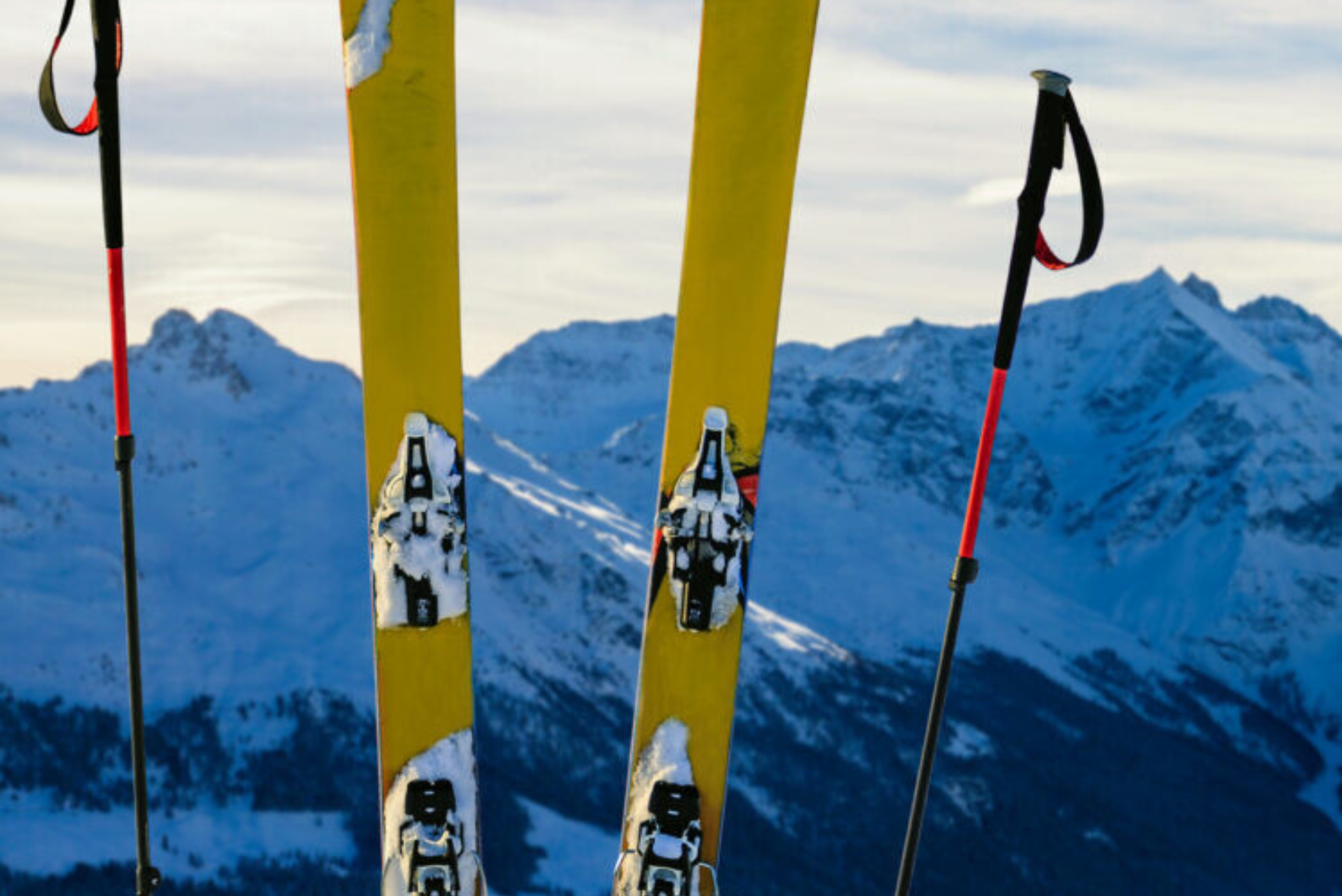
2021 SIRCuit
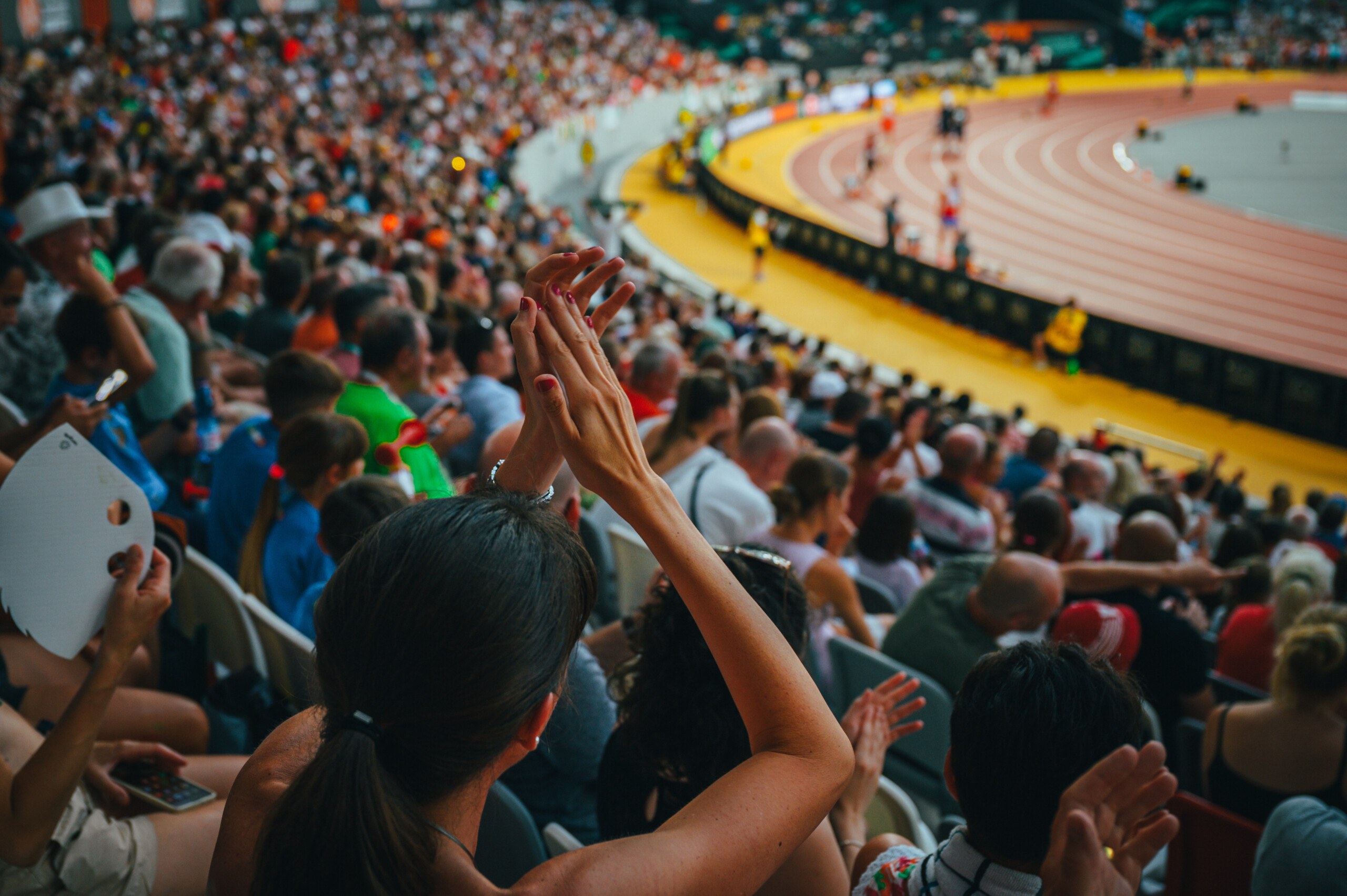
2020 SIRCuit
In 2020, we presented a special 3-part series that focuses on the resilience and innovation of Canadian sport leaders. These articles dive into how Canadian sport leaders protected the well-being of athletes preparing for the Tokyo Olympic and Paralympic games during the pandemic. Additionally, you can explore a variety of other articles centered around athlete well-being, virtual volunteering, adaptive sport, and a variety of other interesting topics. Dive into one of the 16 articles found below!
